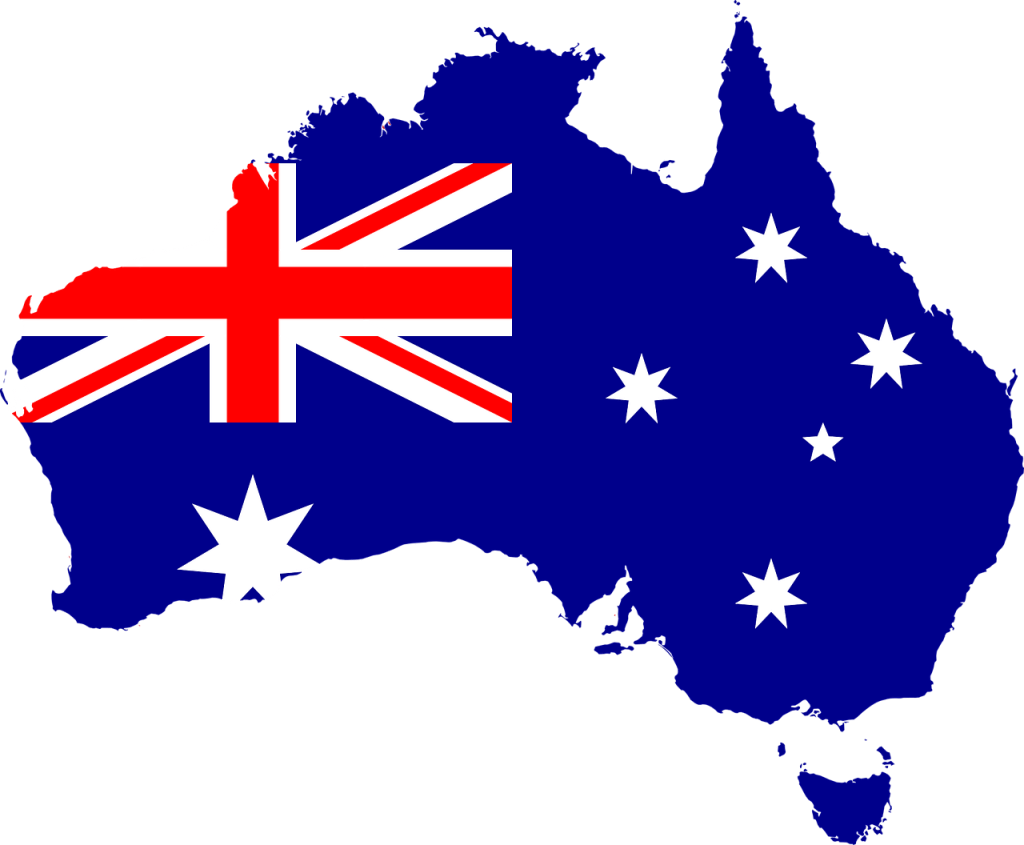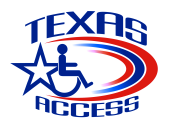Of people with disabilities, 1.9 million are aged 65 and over, while about 2.1 million Australians of working age (15-64 years) have disabilities.
Quick Facts about the Australian Digital Accessibility Laws
- What it covers: Websites, mobile applications, web-based ICT products, etc to meet the WCAG 2.0 Level AA.
- Who must comply: Affects all Australian federal bodies and vendors, contractors, and partners of those agencies.
- Penalty scheme: Failure to comply with the laws may result in legal and financial penalties, negative publicity, and quite possibly, consumer backlash.
Australia has several laws that require equal access for people with disabilities and set the nation up for a barrier-free future.
Disability Discrimination Act 1992
Australia’s Disability Discrimination Act 1992 (DDA) is overseen by Australia’s Attorney General and Human Rights Commission. DDA represents Australia’s non-discrimination law and it prohibits discrimination against people with disabilities in work, in the provision of goods, services, and facilities, in education, accommodation, other resources developed, or maintained for purposes of telecommunications services, public transport services, and requires equal access to premises.

The accessibility law requires government agencies and organizations that are public-facing to provide equal access to information. It also extends protection from discriminating against people living with disabilities and their close associates, such as relatives, friends, caregivers, and coworkers. The Act classified disabilities as:
- Total or partial loss of the person’s bodily or mental functions
- Total or partial loss of a part of the body
- The presence in the body of organisms causing disease or illness
- The malfunction, malformation, or disfigurement of a part of the person’s body
- A disorder or malfunction that results in the person learning differently from a person without the disorder or malfunction
- A disorder, illness, or disease that affects a person’s thought processes, perception of reality, emotions, or judgment, or that results in disturbed behavior.
It also covers a disability that:
- presently exists; or
- previously existed but no longer exists; or
- may exist in the future (including because of a genetic predisposition to that disability); or
- is imputed to a person.
Australia’s Disability Discrimination Act’s requirement under Sections 5 and 24 prohibits treating people with disabilities less favorably than individuals without a disability. Hence, it applies to individuals or organizations with a website or other digital resources.
United Nations’ Convention on the Rights of Persons with Disabilities
Supporting Australia’s Disability Discrimination Act is the United Nations Convention on the Rights of Persons with Disabilities (UNCRPD) which came into play in 2018 and has been ratified by the Australian government. Having earlier defined “Communication”, “Discrimination based on disability”, and “Reasonable accommodation”, etc first in Article 2 of the Convention, Article 21 requires Parties (countries) explicitly to take reasonable measures to ensure individuals with any form of disability can exercise their right to freedom of expression and opinion.
To ensure they can seek, receive, and impart information and ideas on an equal basis with non-disabled people and through all forms of communication of their choice, including by:
- Providing information to everyone, including those with disabilities- in accessible formats and appropriate assistive technologies for disabilities promptly and with no additional cost;
- Accepting and facilitating the use of alternative communication- sign languages, Braille, augmentative, and any other accessible formats, means, and modes of communication as preferred by disabled individuals in official interactions;
- Urging private organizations that provide services to the public, including through the Internet, to provide services and information in accessible and usable formats for individuals with disabilities;
- Encouraging the mass media, including those that provide information through the Internet, to make their services accessible to individuals with disabilities;
- Recognizing and advocating the use of sign languages.
National Transition Strategy (NTS)
In a bid to make websites and digital content accessible, Australia’s National Transition Strategy (NTS) in 2009, mandated all government websites to follow the World Wide Web Consortium (W3C)’s international web accessibility standards for making web content accessible to people with disabilities- the Web Content Accessibility Guidelines (WCAG).
The Secretaries’ ICT Governance Board required all Australian Government’s websites to meet the WCAG 2.0 Level AA conformance over four years. The WCAG 2.0 level AA compliance requirement makes more accommodations and is the general standard used to make web content accessible to those with different disabilities.
The National Transition Strategy mandates WCAG 2.0 Level AA on all online Australian government information and services, including all internet, intranet, and extranet sites to be perceivable, operable, and understandable by people with disabilities, and robust by being compatible with various assistive technologies.
It also specifies the penalty for failure to implement WCAG to be accessible, discriminating against the Disability Discrimination Act 1992, among other Australian anti-discrimination Acts. As a result of this, the NTS should be perceived as a standard for all Australian organizations (including private organizations) since they are all subject to the Disability Discrimination Act 1992, and non-compliance means discriminating against individuals with disabilities.
ICT Procurement Standard Guidance
Enacted in 2016, The ICT Procurement Standard Guidance is an Australian government procurement guideline that supports the government’s moves to make public workplaces more accessible. Like Section 508 of the United States, the Procurement Standard Guidance is not limited to web content; rather, it is a guide to ensure information and communications technology (ICT) goods and services purchased by the Australian Government are accessible by all employees.
It covers 2-way audio-based, video-based, hardware, software, and web-based ICT products, along with any support services, and requires all procurement processes to ensure that all employees can utilize ICT products regardless of impairments or disabilities. The ICT Procurement Standard Guidance also echoes the European Standard – EN 301 549 (which includes WCAG 2.1 Level AA) but its main application is during the renewal or replacement of ICT goods and services or renewal of any coordinated procurements. The procurement recommendation employs WCAG 2.0 and is applied in tandem with Australia’s existing procurement guidelines.
Compliance
Australia’s web accessibility laws and policies affect organizations in both the private and public sectors and are overseen by Australia’s Attorney General and the Australian Human Rights Commission. Solidifying this is the DDA case on web accessibility discrimination in 2000- the Bruce Lindsay Maguire v Sydney Organizing Committee for the Olympic Games.
In this case, a blind complaint was declared as the recipient of less favorable treatment by the Sydney Organizing Committee for the Olympic Games (SOCOG)- an entity that provided imperfect or limited access to someone with a disability in the manner in which its services were made available. The Organizing Committee was ordered to make its website and web content accessible.
Essentially, governments and private businesses can face similar website lawsuits accessibility settlements if they are found guilty of non-compliance. Therefore, all website owners must endeavor to follow the Web Content Accessibility Guidelines (WCAG) 2.0/2.1 Level AA, the comprehensive guide to provide an accessible web experience for users with disabilities.








Great overview of “Australian Digital Accessibility Laws and Policies”, thank you.
The first sentence on this page doesn’t make sense to me: “5 people with disabilities, 1.9 million are aged 65 and over, while about 2.1 million Australians of working age (15-64 years) have disabilities.”
Should that be “Of people with disabilities, 1.9 million are aged 65 and over, while about 2.1 million Australians of working age (15-64 years) have disabilities.”?
Hi Vern, you’re right! Thank you for pointing this out.